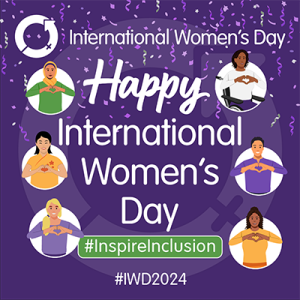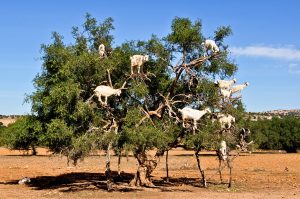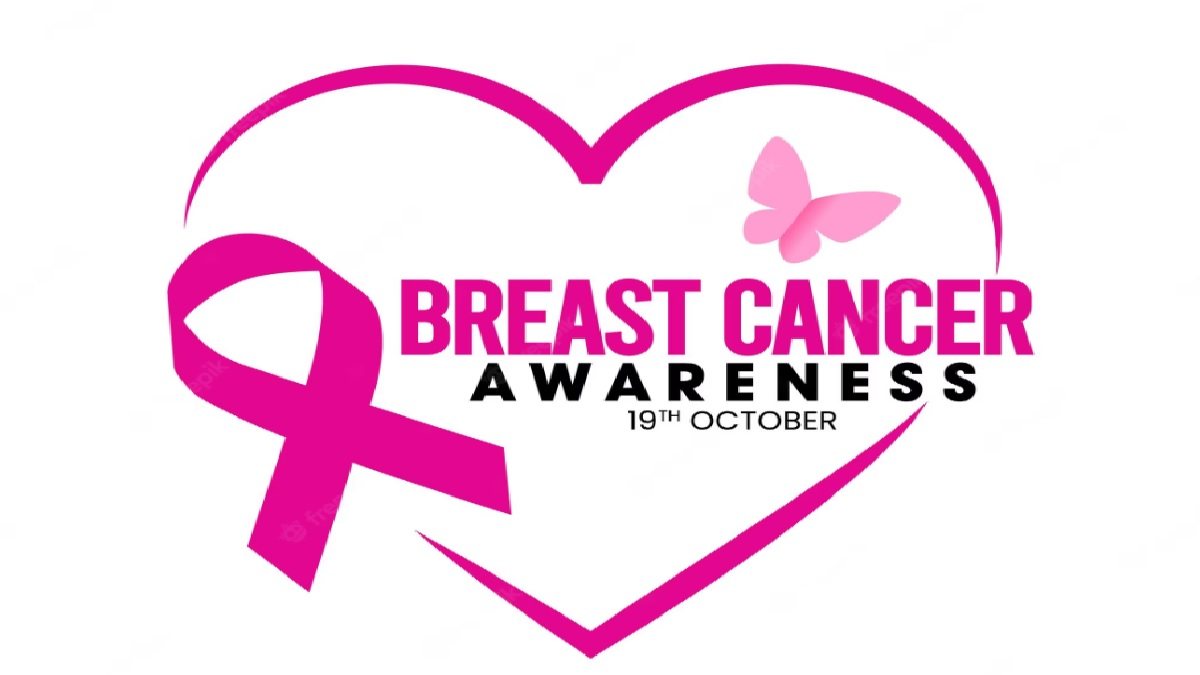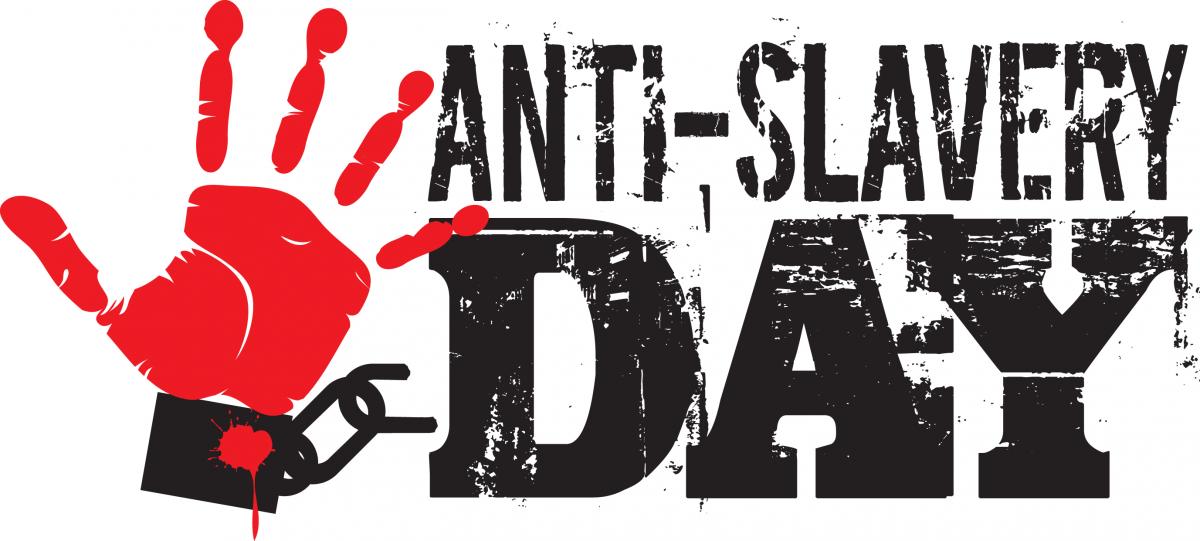 Invest in women: Accelerate progress
Invest in women: Accelerate progress
Achieving gender equality and women’s well-being in all aspects of life is more crucial than ever if we want to create prosperous economies and a healthy planet. However, we are facing a key challenge: the alarming $360 billion annual deficit in gender-equality measures by 2030.
Join us on March 8, 2024, for International Women’s Day under the theme ‘Invest in women: Accelerate progress”, and take a stand with us using the hashtag #InvestInWomen.
Here are five key areas needing joint action:
- Investing in women, a human rights issue: Time is running out. Gender equality is the greatest human rights challenge, benefiting everyone.
- Ending poverty: Due to the COVID pandemic and conflicts, 75 million more people have fallen into severe poverty since 2020. Immediate action is crucial to prevent over 342 million women and girls living in poverty by 2030.
- Implementing gender-responsive financing: Conflicts and rising prices may lead 75% of countries to cut public spending by 2025, negatively impacting women and their essential services.
- Shifting to a green economy and care society: The current economic system disproportionately affects women. Advocates propose a shift to a green economy and care society to amplify women’s voices.
- Supporting feminist change-makers: Despite leading efforts, feminist organizations receive only 0.13% of official development assistance.
This International Women’s Day, let’s unite to transform challenges into opportunities and shape a better future for all!
Did you know?
- In 1984, Australia introduced the world’s first Women’s Budget Statement, paving the way for many others to follow suit.
- There is an alarming lack of financing with a staggering USD 360 billion annual deficit in spending on gender-equality measures.
- Just 5% of government aid is focused on tackling violence against women and girls, and less than 0.2% is directed to its prevention.

 The argan tree as a fundamental pillar for sustainable development
The argan tree as a fundamental pillar for sustainable development International Women’s Day 2023 campaign theme: #EmbraceEquity
International Women’s Day 2023 campaign theme: #EmbraceEquity Background
Background

 Gender equality today for a sustainable tomorrow
Gender equality today for a sustainable tomorrow The gospel text of the pascal vigil (Mark 16:1-7) shows us three women who were convinced of the same thing.
The gospel text of the pascal vigil (Mark 16:1-7) shows us three women who were convinced of the same thing. This very special day is celebrated on the first Friday in March each year. This is a worldwide movement of Christian women that began in the U.S. and Canada in the 19th century, and became worldwide in 1927. The continuing motto for this very special day is « Informed Prayer and Prayerful Action ».
This very special day is celebrated on the first Friday in March each year. This is a worldwide movement of Christian women that began in the U.S. and Canada in the 19th century, and became worldwide in 1927. The continuing motto for this very special day is « Informed Prayer and Prayerful Action ».